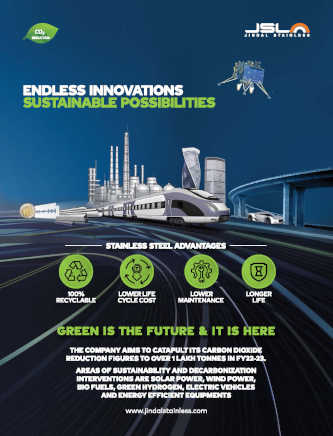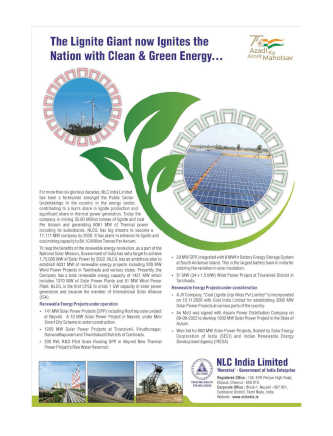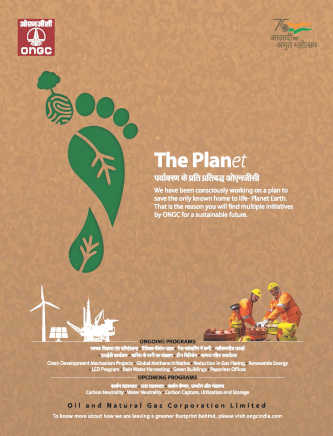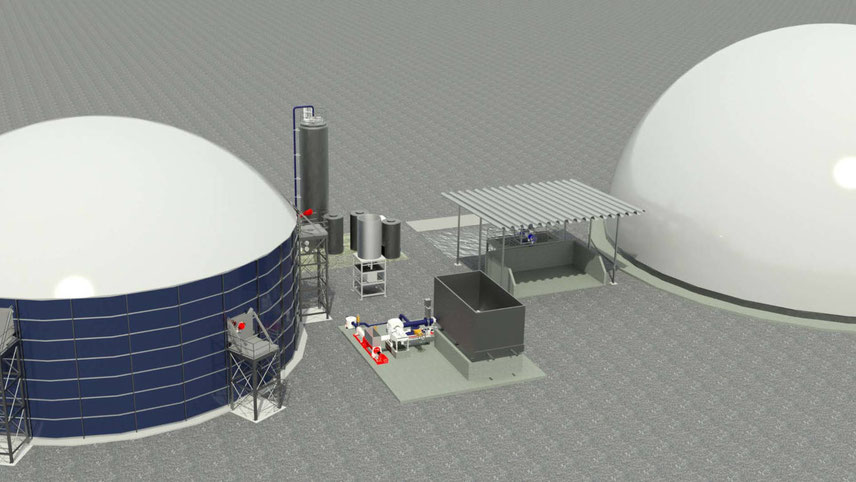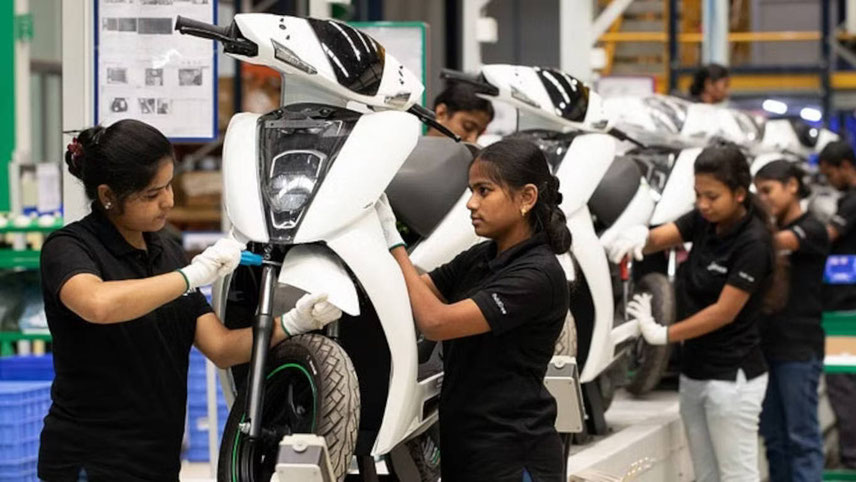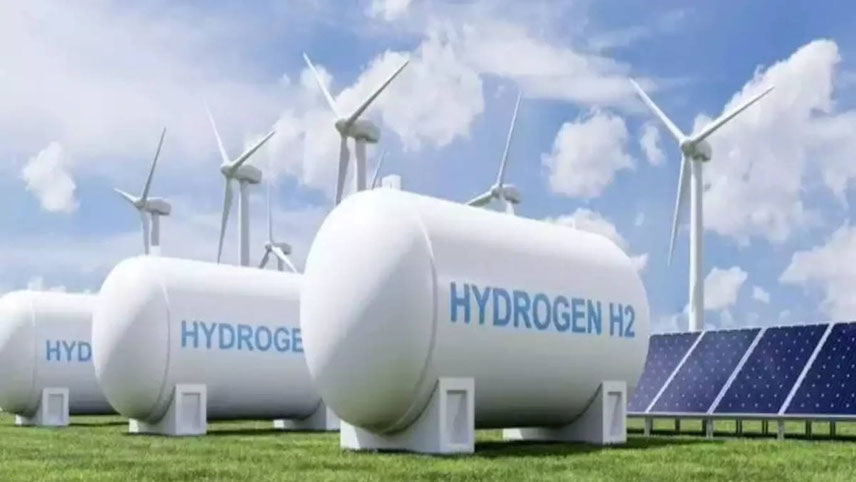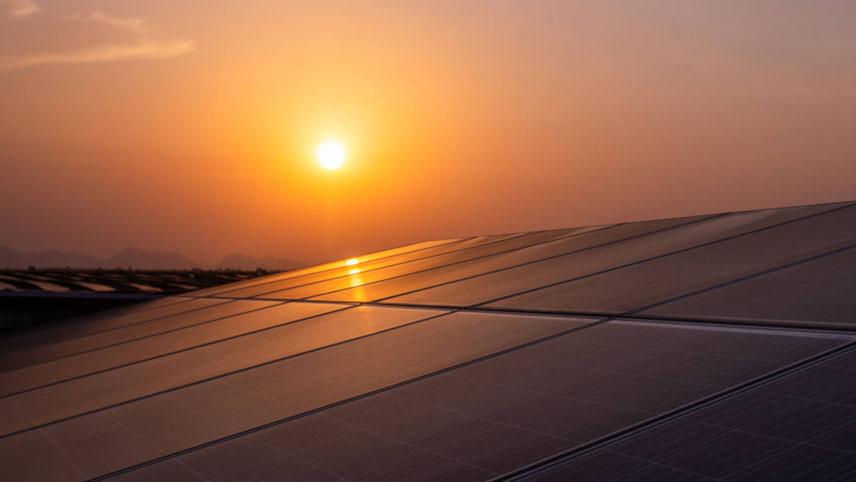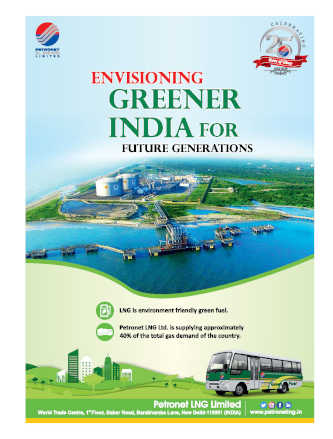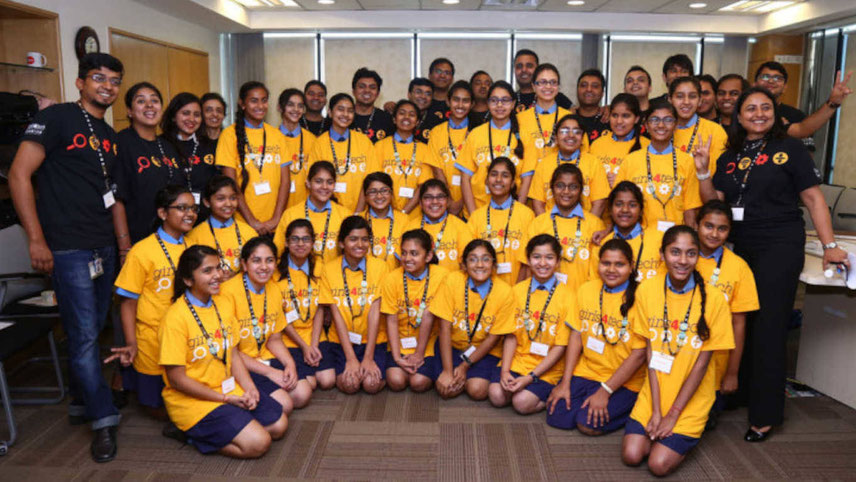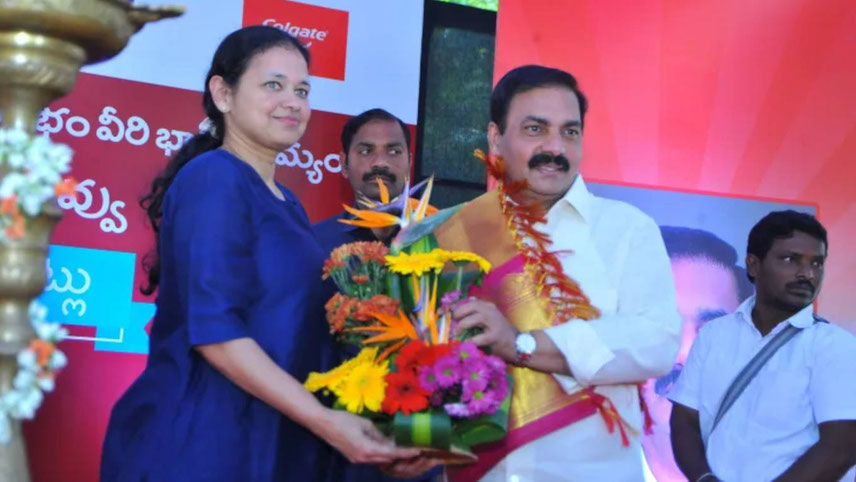
India’s Annual Budget, presented by the Finance Minister on 1 February 2020, had many pluses, even if it had a few gaps. The detailed action plan to improve our rural economy, measures (like special allocations for education and skill development) to ensure jobs for our youth, and the focus on enhancing and upgrading our infrastructure, are all imperative, not only for realising our ambition to become a ‘$5 trillion economy’ by 2024 but also for social harmony and human well-being. Indeed, it is important that rural, urban and environmental development go hand-in-hand in order to promote a sustainable economic growth model. If not, cities will be obligated to lead, and the environmental security of the nation will be compromised. For years, India has been struggling to find solutions to the stress faced by farmers in agrarian states like Maharashtra, Telangana and Karnataka. Issues like crop failure, debts, and dismal incomes have led to extreme distress and suicides among this vulnerable group. If this crisis is not tackled, social unrest will continue to the brim, which in turn will affect the nation’s food security. The 16-point action plan for farmers presents a comprehensive approach, encompassing agricultural practices, irrigation, deployment of renewable energy, supply chain management, alternative options for income generation using fallow and uncultivable land, infrastructure, innovation hubs and all the other sectors, and could indeed help build a robust rural economy in India. Several decades ago, serving as a district collector in Golaghat, Assam, I had witnessed the plight of farmers suffering due to fragmented governance. When high-yielding variety of seeds arrived, fertilisers would not be available, or the irrigation pump would have developed a fault or the transformer at the local sub-station would have failed. Fixing these multiple issues required coordinated, technical help from multiple departments – something which was sorely lacking. To streamline such loopholes, a complete, inclusive plan is vital. While doubling farmers’ incomes by 2022 is highly ambitious, drafting a comprehensive action plan is a powerful first step. And unless there is ambition, little happens. India has entered a period of ‘demographic dividend’– a term defined by the United Nations Population Fund as “the economic growth potential that results from shifts in a population’s age structure”. In other words, it is the massive economic growth that can occur when the number of the working-age population (15 to 64 years) is larger than the non-working, dependent population (below 15 and above 64). Today, 65% of India’s population is of working age. This number is set to rise considering the large number of people below 15 in the nation today. In fact, India is expected to remain in the demographic dividend period for at least another three decades. Ensuring ample and good quality economic opportunities to this growing segment is important. If not, this demographic dividend can easily turn into a ‘demographic curse’, as several studies have highlighted the correlation between unemployment and crime. The Finance Minister’s focus on skill-development programs (like offering internship-embedded degrees and diplomas), promoting the manufacture of employment-intensive electronic items in India, allocating funds for village storage schemes to be run by self-help groups, encouraging startups, and offering incentives to micro, small and medium-sized enterprises will go a long way in boosting employment. Infrastructure plays a key role in improving people’s quality of life and thereby advancing the economy. An outlay of INR 1.7 lakh crore for transport infrastructure will translate to better transport systems, connect people to jobs and goods to markets. In an increasingly complex world, there has to be specialisation in economic activities to allow economies of scale that keep the cost of production low. However, this needs good transport infrastructure to make sure goods reach markets and food reaches people without incurring heavy losses. The addition of new national highways and expressways is, therefore, a welcome step.






